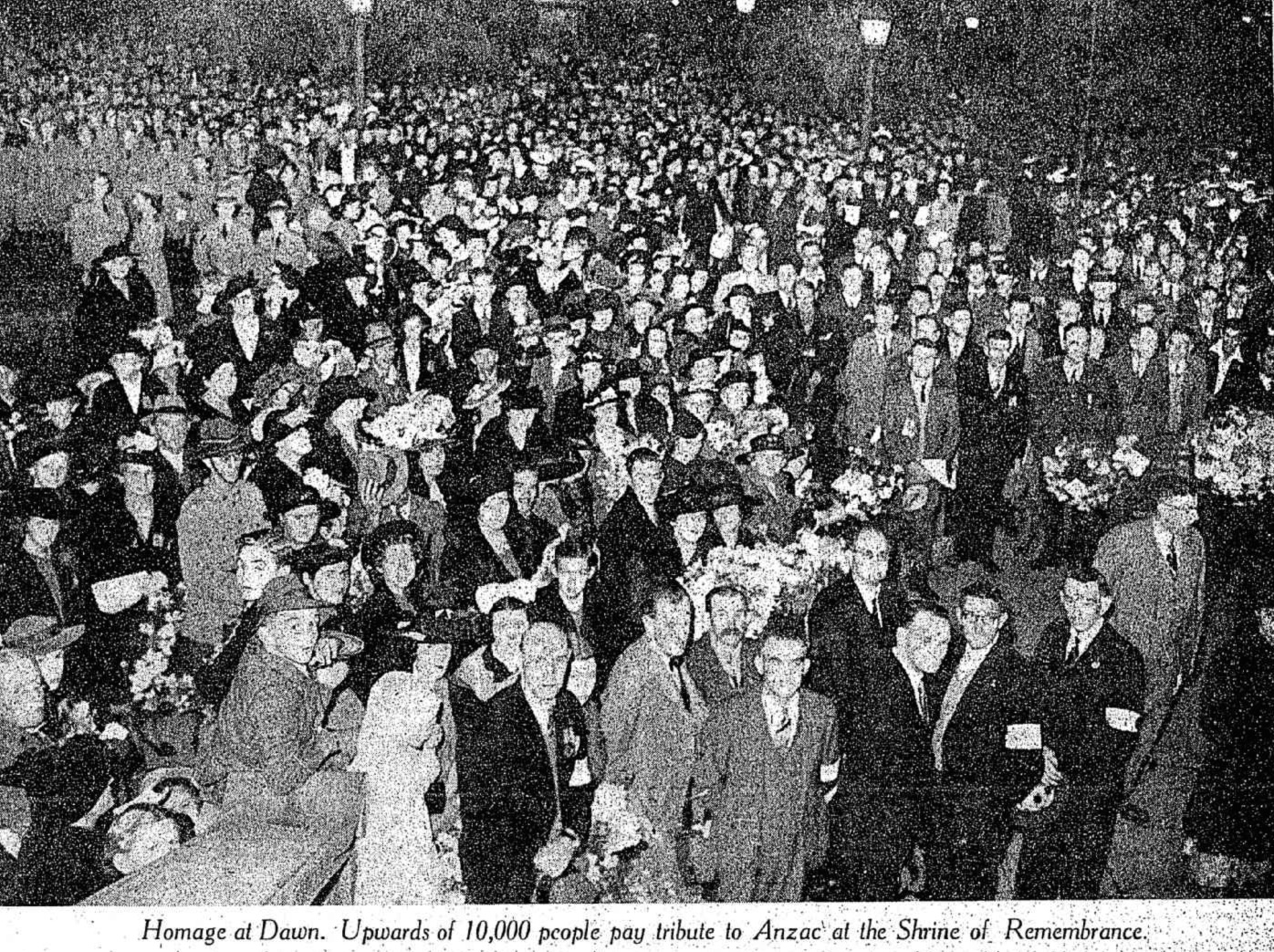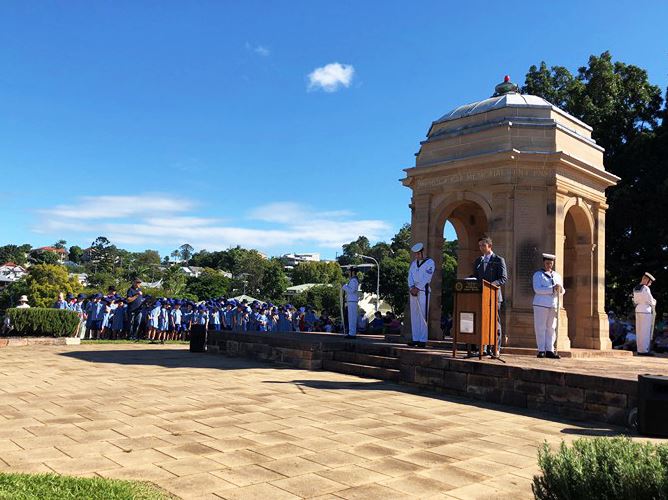ANZAC Square
ABOVE: An artist’s impression of how civic authorities,The Queensland National Anzac Memorial Committee, the Returned Sailors and Soldiers Imperial League of Australia (Queensland Branch) and the Queensland Anzac Day Commemoration Committee envisaged Brisbane’s future “National Anzac War Memorial” (between inner-city Adelaide and Ann Streets) was likely to look. This drawing appeared in Brisbane’s “The Telegraph” of 31 May 1927 (page 13). Three years later, Queensland Governor, Sir Thomas Herbert John Chapman, officially unveiled the memorial tablet centrepiece on Saturday, 24 May 1930, and the entire precinct was scheduled to be completed by Christmas that year.
ANZAC TABLET UNVEILED.
SIMPLE CEREMONY IN THE SQUARE.
STATE’S TRIBUTE.
At 11 o’clock on Saturday morning, the Governor (Sir John Goodwin) [ Sir Thomas Herbert John Chapman Goodwin ] unveiled the inscription tablet of the Anzac Memorial now being erected in Anzac Square to perpetuate the memory of all Queenslanders who suffered as a result of the Great War.
A large crowd was present at the ceremony, which was of a simple character.
Lord Mayor Jolly [ later, Sir William Alfred Jolly ], who received the Governor at the base of the memorial, stated that the Memorial Square [ sic, The Shrine of Remembrance, ANZAC Square ] would probably be completed about the end of September. He congratulated Sir John Goodwin on his birthday, and wished him many happy returns.
Sir John Goodwin withdrew the flag that draped the tablet, and buglers sounded “The Last Post”.
The Governor said it was a great honour to him to unveil the tablet which was part of the Anzac Memorial.
When completed the whole scheme would be another addition to the dignity and beauty of Brisbane, and to the many fine edifices and buildings that had been erected with wisdom and foresight.
Tho tablet was a tribute to the reverence of the 9,740 Queenslanders who gave up their lives, and to all men and women who suffered to uphold tho honour of their own land.
Canon Garland, who proposed a vote of thanks to the Governor, explained the activities of the Anzac Memorial Committee [ The Queensland National Anzac Memorial Committee ] to have the scheme completed.
He said there was more money needed, and hoped that further contributions would be received. The memorial would remind future generations of the great deeds of Australians in the Great War as well as perpetuating the memory of those who suffered.
It was not erected to glorify war.
“Certain books written lately reflect on the character of English and Australian soldiers,” said Canon Garland. [ See article below ]
“I am not going to enter into a controversy with guttersnipe writing of that kind. Let this monument be curt answer to people who for sordid purposes have libelled the character of our sons and brothers.”
Canon Garland added that such ceremonies as Anzac Day gatherings, church functions and public meetings were attended with such reverence that Australians had the profoundest respect and admiration for those who served overseas.
Mr. Fraser East [ Hubert Fraser East ], State president of the R.S.S.I.L.A. [ The Returned Sailors’ and Soldiers’ Imperial League of Australia ], seconded the vote of thanks to the Governor.
The splendid memorial, he said, would stand for all time, not to glorify war, but to perpetuate the memory of all who had suffered and to uphold the traditions of the Empire.
Lord Mayor Jolly said they were indebted to Sir John and Lady Goodwin. It was fitting that they should take part in the ceremony.
– from page 7 of “The Daily Standard” (Brisbane) of 26 May 1930.



